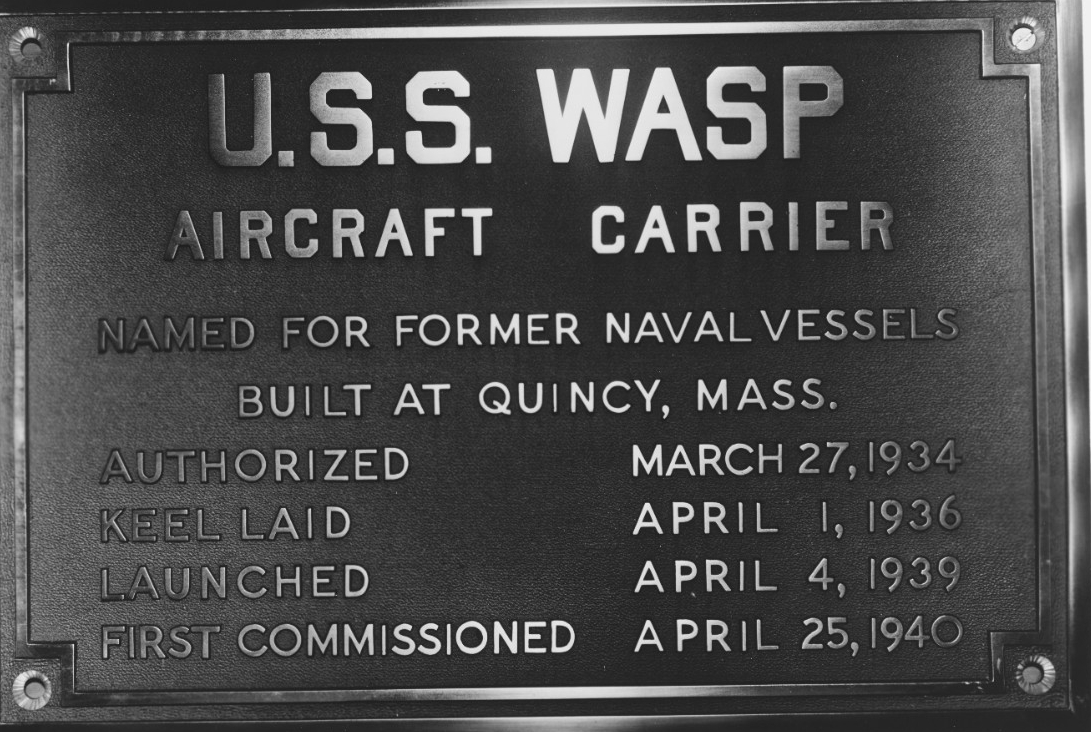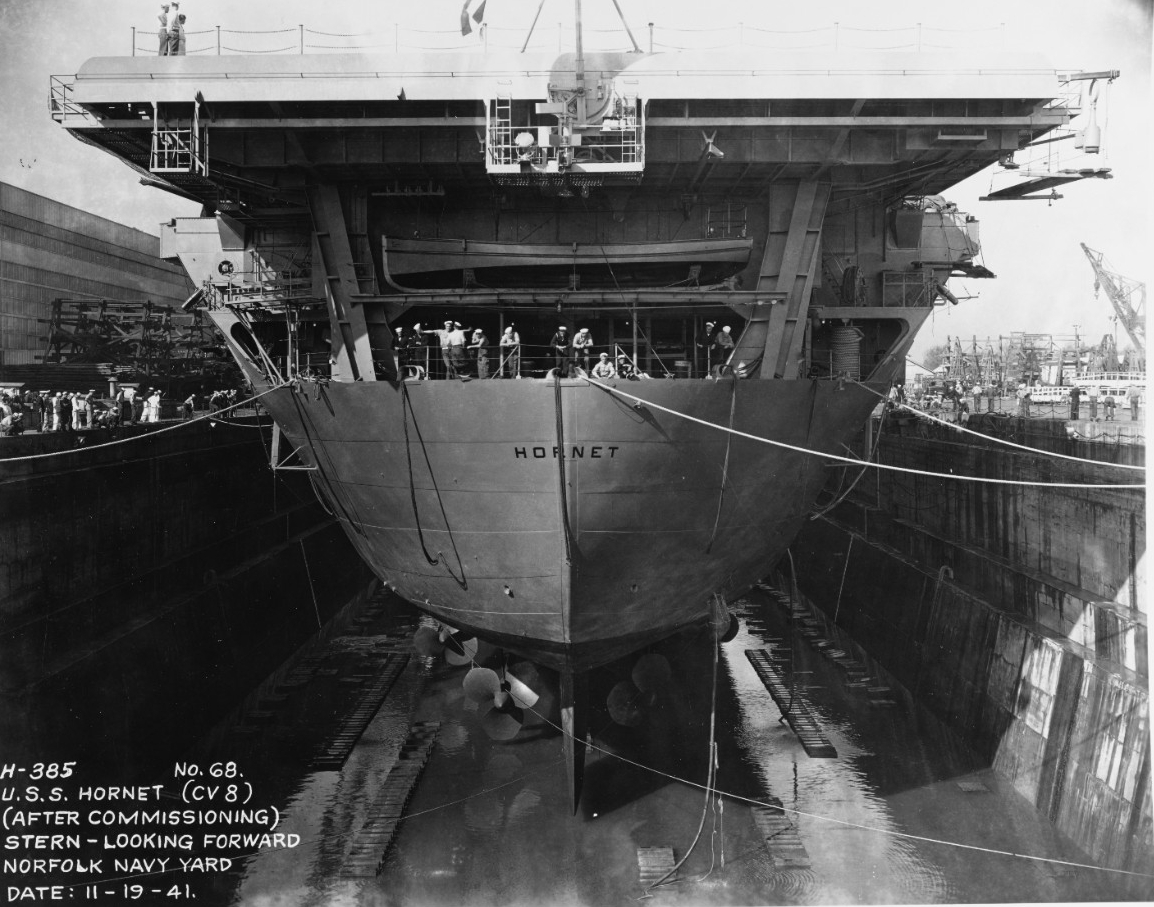- Expand navigation for H-Grams H-Grams
- Expand navigation for H-Gram 001 H-Gram 001
- Expand navigation for H-Gram 002 H-Gram 002
- Expand navigation for H-Gram 003 H-Gram 003
- Expand navigation for H-Gram 004 H-Gram 004
- Expand navigation for H-Gram 005 H-Gram 005
- Expand navigation for H-Gram 006 H-Gram 006
- Expand navigation for H-Gram 007 H-Gram 007
- Expand navigation for H-Gram 008 H-Gram 008
- Expand navigation for H-Gram 009 H-Gram 009
- Expand navigation for H-Gram 010 H-Gram 010
- Expand navigation for H-Gram 011 H-Gram 011
- Expand navigation for H-Gram 012 H-Gram 012
- Expand navigation for H-Gram 013 H-Gram 013
- Expand navigation for H-Gram 014 H-Gram 014
- Expand navigation for H-Gram 015 H-Gram 015
- Expand navigation for H-Gram 016 H-Gram 016
- Expand navigation for H-Gram 017 H-Gram 017
- Expand navigation for H-Gram 018 H-Gram 018
- Expand navigation for H-Gram 019 H-Gram 019
- Expand navigation for H-Gram 020 H-Gram 020
- Expand navigation for H-Gram 021 H-Gram 021
- Expand navigation for H-Gram 022 H-Gram 022
- Expand navigation for H-Gram 023 H-Gram 023
- Expand navigation for H-Gram 024 H-Gram 024
- Expand navigation for H-Gram 025 H-Gram 025
- Expand navigation for H-Gram 026 H-Gram 026
- Expand navigation for H-Gram 027 H-Gram 027
- Expand navigation for H-Gram 028 H-Gram 028
- Expand navigation for H-Gram 029 H-Gram 029
- Expand navigation for H-Gram 030 H-Gram 030
- Expand navigation for H-Gram 031 H-Gram 031
- Expand navigation for H-Gram 032 H-Gram 032
- Expand navigation for H-Gram 033 H-Gram 033
- H-Gram Special Edition: Passing of Supreme Court Justice Stevens
- H-Gram 034
- Expand navigation for H-Gram 035 H-Gram 035
- H-Gram 036
- H-Gram 037
- Expand navigation for H-Gram 038 H-Gram 038
- Expand navigation for H-Gram 039 H-Gram 039
- Expand navigation for H-Gram 040 H-Gram 040
- Expand navigation for H-Gram 041 H-Gram 041
- Expand navigation for H-Gram 042 H-Gram 042
- Expand navigation for H-Gram 043 H-Gram 043
- Expand navigation for H-Gram 044 H-Gram 044
- Expand navigation for H-Gram 045 H-Gram 045
- Expand navigation for H-Gram 046 H-Gram 046
- Expand navigation for H-Gram 047 H-Gram 047
- Expand navigation for H-Gram 048 H-Gram 048
- Expand navigation for H-Gram 049 H-Gram 049
- Expand navigation for H-Gram 050 H-Gram 050
- Expand navigation for H-Gram 051 H-Gram 051
- Expand navigation for H-Gram 052 H-Gram 052
- Expand navigation for H-Gram 053 H-Gram 053
- Expand navigation for H-Gram 054 H-Gram 054
- Expand navigation for H-Gram 055 H-Gram 055
- Expand navigation for H-Gram 056 H-Gram 056
- Expand navigation for H-Gram 057 H-Gram 057
- Expand navigation for H-Gram 058 H-Gram 058
- Expand navigation for H-Gram 059 H-Gram 059
- Expand navigation for H-Gram 060 H-Gram 060
- Expand navigation for H-Gram 061 H-Gram 061
- Expand navigation for H-Gram 062 H-Gram 062
- Expand navigation for H-Gram 063 H-Gram 063
- Expand navigation for H-Gram 064 H-Gram 064
- Expand navigation for H-Gram 066 H-Gram 066
- Expand navigation for H-Gram 067 H-Gram 067
- Expand navigation for H-Gram 068 H-Gram 068
- Expand navigation for H-Gram 069 H-Gram 069
- Expand navigation for H-Gram 070 H-Gram 070
- Expand navigation for H-Gram 071 H-Gram 071
- Expand navigation for H-Gram 072 H-Gram 072
- H-Gram 073
- Expand navigation for H-Gram 074 H-Gram 074
- Expand navigation for H-Gram 075 H-Gram 075
- H-Gram 076
- H-Gram 077
- Expand navigation for H-Gram 078 H-Gram 078
- H-Gram 079
- H-Gram 080
- Expand navigation for H-Gram 081 H-Gram 081
- Expand navigation for H-Gram 082 H-Gram 082
- Expand navigation for H-Gram 083 H-Gram 083
- In Memoriam
- Blogs
- Theater of Operations--Pacific
- Operations
- Boats-Ships--Aircraft Carriers
- Underwater Archaeology
- Photograph
- Historical Summary
- World War II 1939-1945
- Image (gif, jpg, tiff)
- NHHC
H-Gram 027: There Are No Headstones at Sea—The Search for Wasp and Hornet
In this H-gram, I deviate from my normal methodology of tracking with anniversaries of World War I, World War II, and Vietnam in order to discuss the recent discoveries by RV Petrel of the lost World War II–era aircraft carriers Wasp (CV-7) and Hornet (CV-8), and other ships sunk in "Iron Bottom Sound" during the Guadalcanal campaign. Full details can be found in attachment H-027-1.
The battles in and around Guadalcanal were among the most ferocious and costly in the history of the United States Navy. The Japanese fought with extraordinary skill and tenacity, sinking two U.S. aircraft carriers, five heavy cruisers (plus an Australian heavy cruiser,) two light cruisers, 15 destroyers, and numerous other vessels. The U.S. Navy countered with extreme courage and determination, sinking two Japanese battleships, one light carrier, and numerous cruisers and destroyers. In the end, despite several defeats, the U.S. Navy emerged victorious, albeit at a very high cost. Nearly 5,000 U.S. Sailors died in these battles, including Rear Admiral Daniel Callaghan, Rear Admiral Norman Scott, and all five Sullivan brothers.
Wasp was mortally wounded on 15 September 1942 by what is probably the most effective spread of torpedoes in history. A salvo of six torpedoes from Japanese submarine I-19 was responsible for the loss of the carrier, sinking (belatedly) the destroyer O'Brien (DD-415), and putting the battleship North Carolina (BB-55) out of action for two months. Hornet was mortally wounded at the Battle of the Santa Cruz Islands on 26 October 1942 by what was probably the most well-executed coordinated dive-bombing and torpedo attack by either side during the war. After a day-long beating, Hornet eventually succumbed to the cumulative damage of three aerial torpedoes, seven bombs, two crashed Japanese aircraft, nine U.S. torpedoes, hundreds of U.S. 5-inch rounds, and, finally, four torpedoes from Japanese destroyers.
Although the loss of Wasp and Hornet represent "defeats," in each case there were innumerable instances of extraordinary valor and courage by U.S. Sailors. It was the Sailors on ships like Wasp and Hornet who held the line in the darkest times of the war and turned the tide even before the industrial might of the United States could be brought to bear. The officers and Sailors who fought in these battles were mostly volunteer professionals (the draft had only been instituted just before the start of the war). Many had endured the long inter-war period of inadequate budgets, low pay, slow promotions, and national neglect, yet they did not shirk their duty, often going into battle against overwhelming odds, with critical weaponry that was inferior to that employed by the Japanese. The point of finding and publicizing Navy shipwrecks is to ensure that the legacy of valor and sacrifice by these Sailors is known to the Navy today and by the American people, and will live on as long as our Navy exists.
On 12 February, CBS broke the story that the privately funded research ship Petrel had located the wreck of the Hornet. On 13 March, the online New York Times Magazine, followed by CBS, broke the story that Wasp had been located by Petrel, followed by another story on 14 March, and the hardcopy New York Times Sunday Magazine on 17 March. Both stories made national morning and evening news, and were picked up by a wide variety of national and international media, telling a wide audience stories that the U.S. Navy can be proud of. Actually, Wasp was located first, on 14 January. Over the last several years, the Naval History and Heritage Command (NHHC) and Petrel have established a trusted collaborative relationship, and, for the first time, NHHC personnel had been invited to participate in this expedition. I had the pleasure to be on board Petrel for the discovery of the Wasp, although I have to admit that seeing an aircraft carrier on the bottom of the ocean is quite a sobering experience.
Footnotes
- Accessibility/Section 508 |
- Employee Login |
- FOIA |
- NHHC IG |
- Privacy |
- Webmaster |
- Navy.mil |
- Navy Recruiting |
- Careers |
- USA.gov |
- USA Jobs
- No Fear Act |
- Site Map |
- This is an official U.S. Navy web site




